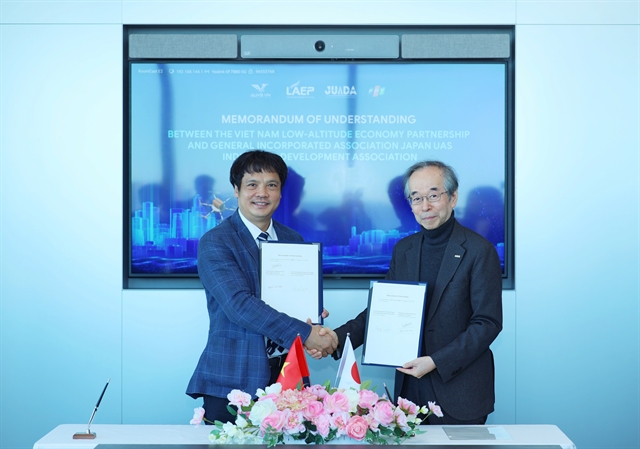 bizhub
bizhub

As the first commercial Internet of Things (IoT) networks are being introduced, Ericsson has complemented its cellular IoT software and IoT accelerator offerings with a complete set of network services.
 |
| Ericsson has complemented its cellular IoT software and IoT accelerator offerings with a complete set of network services. — Photo Ericsson |
HÀ NỘI — As the first commercial Internet of Things (IoT) networks are being introduced, Ericsson has complemented its cellular IoT software and IoT accelerator offerings with a complete set of network services.
These services will enable service providers to efficiently address the deployment and operation of the massive number of IoT devices being introduced to the GSM-based LTE (Long-Term Evolution) networks.
To be used for Cat-M1 (also called LTE-M) and Narrow Band IoT (NB-IoT) technologies, these services include IoT network design and optimisation, deployment, operation and management, and are supported by the recently expanded Support Services offering.
“We anticipate IoT devices will surpass mobile phones as the largest category of connected devices as early as 2018. According to Ericsson’s latest Mobility Report, there will be 18 billion connected IoT devices in 2022. This massive uptake requires a different approach to network planning, design, operations and capabilities than traditional mobile broadband networks,” Peter Laurin, head of Business Area Managed Services, Ericsson, said.
Ericsson is also introducing new IoT software features, such as Voice over LTE (VoLTE) support for Cat-M1. This will enable operators to explore new-use cases in which it can be advantageous for IoT devices to support voice services, opening up opportunities to expand enterprise services to areas such as security alarm panels, remote first-aid kits, wearables, digital locks, disposable security garments, and other types of IoT-enabled applications and services. — VNS